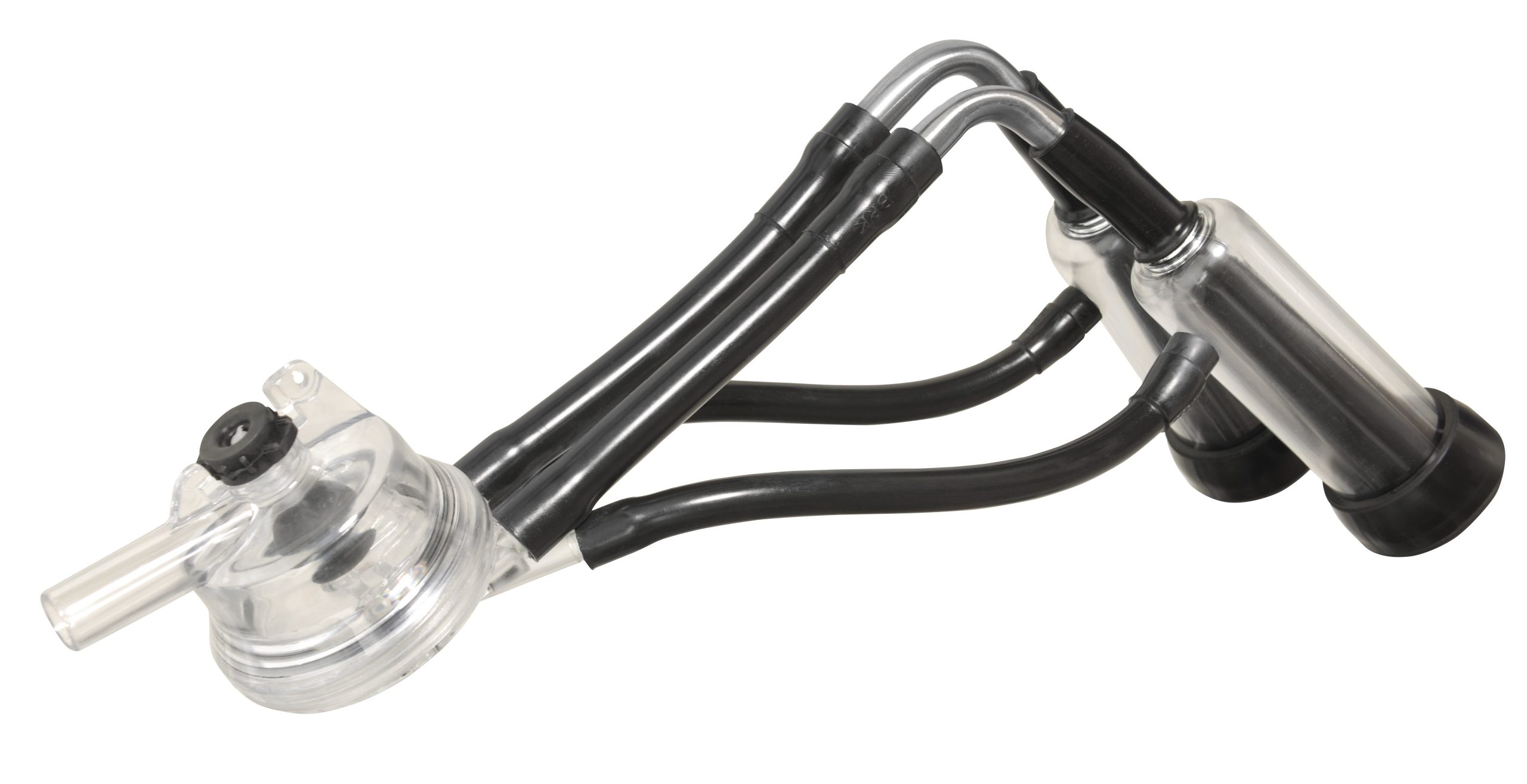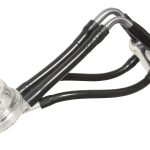Description
Goat & Sheep Milking clusters
Carefully selected clusters that suit the milking system for goat and sheep. The animals, and the milkers will help increase milk efficiency and improve animal health. A complete set of clusters comprises a claw and two fully assembled cups. The components are two sets of teat shells, liners, short milk tubes, short pulse tubes, the long milk tube and long pulse tubing. When assessing the ability of clusters to milk out use the following measures:
Assessing cluster performance
Incomplete milking: A problem with incomplete milking exists if more than 20% of quarters contain strip yields (milk remaining) of 250ml or more. If there are consistent differences in strip yields between the same quarters on different animals it usually indicates poor cluster positioning or uneven weight distribution between the two cups.
Liner slip: If clusters and milking machinery are satisfactory, liner slips should not exceed more than 200 animals milked (excluding cows with very bad udder conformation).
Important characteristics of claws include
- Appropriate weight
- Unrestricted inlet nipples and claw outlet to allow free flow of milk
- Good visibility of milk flowing into the claw bowl from each quarter
- Visibility of milk in the claw bowl to help detect problems and to indicate end of milking
- Ruggedness in a tough environment
- Easy to open and maintain
- Good ‘personal feel and handling characteristics’
Correctly setting up clusters
Clusters that are correctly set up will be easy to put on and take off and will require no intervention from the milker while an animal is being milked. They will also ensure no cluster slip which can compromise teat health and increase the risk of mastitis.
Ensuring the animal and the cluster are aligned results in a good seal between the teat and liner and is essential for even, fast and complete milking.
If clusters are attached between the back legs, the long milk and pulse tubes must line up with the animal backbone, with clusters sitting squarely under the udder.
Milking method. All milking systems are designed, installed and performance-tested with the same professional approach, knowing very well that a system is only as good as its weakest component.
Experienced farmers trust their equipment in milking their cows either on a hot dry summer afternoon or a freezing winter morning.
All milking systems are designed according to ISO Norms ensure comfortable and secure working environment for milkers. Smooth and healthy milking routine for cows and high-quality milk for consumers. Installation and ongoing support are carried out by professional technicians with high quality components.
All milking equipment stocks are available in Kenya and east African market.










































Reviews
There are no reviews yet.